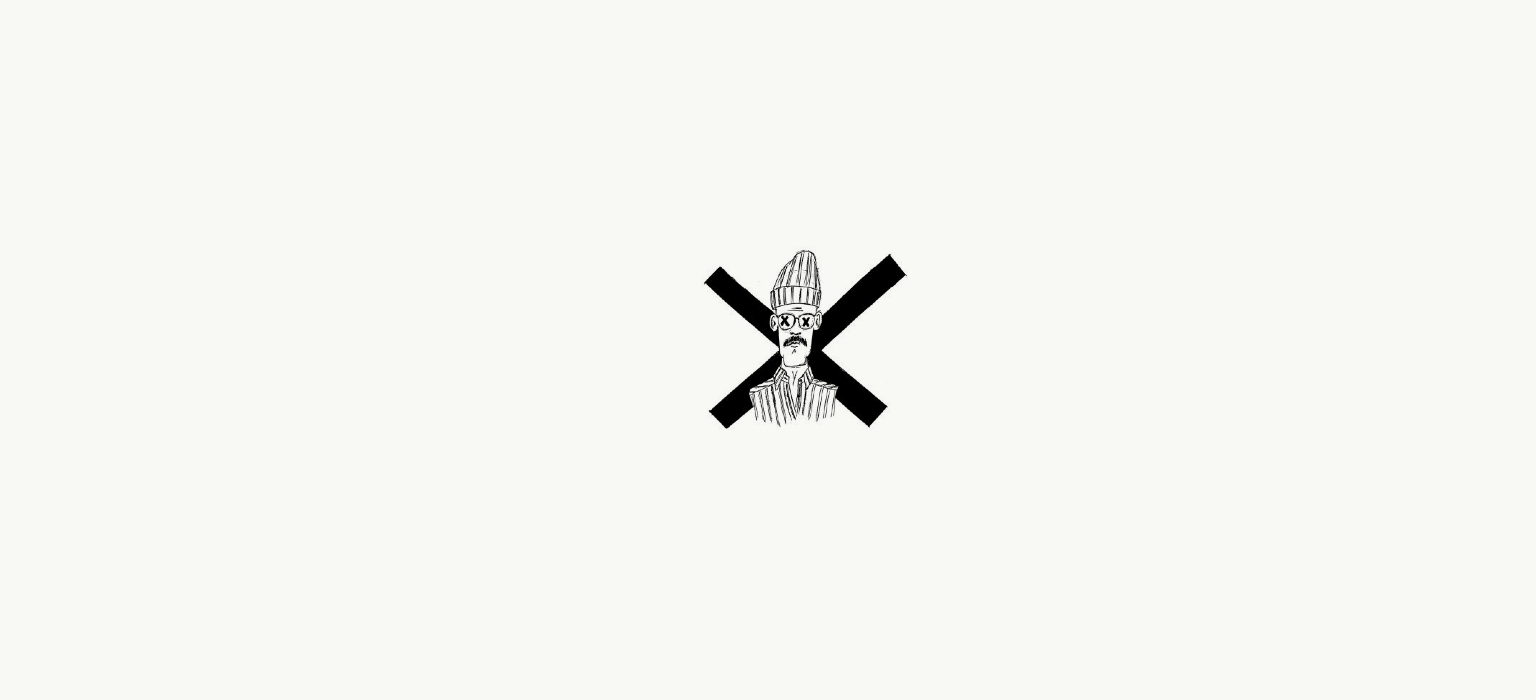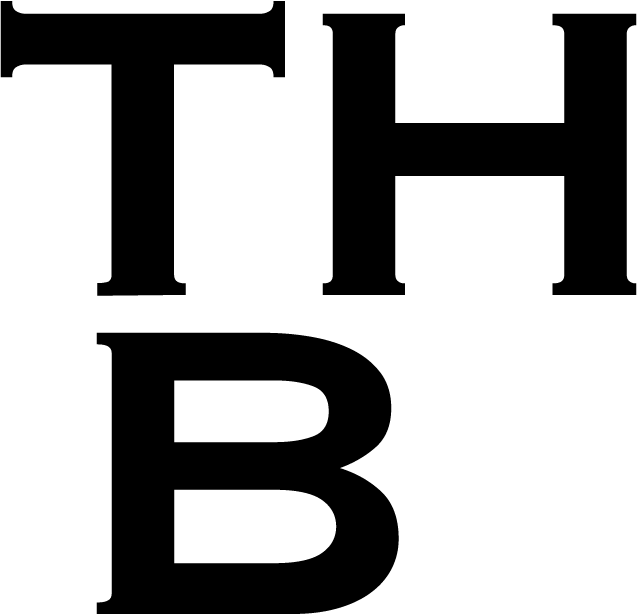
On being thoughtless
I currently have a rather vast amount of time on my hand. I am spending close to none of it on social media or on news driven sites and apps. My way to Digital Minimalism, at least a very bespoke version of it, is going surprisingly well. I am able to get my daily dopamine-shot from somewhere else. From everywhere else but a screen, it seems.
The epic struggle to get inside our heads
In November 2017 Sean Parker, the 38-year-old founding president of Facebook, openly stated that the idea of social networks (at least the one he was presiding) were never founded to unite people or to give them quicker access to online-friendship. It was a deliberate move to distract us: “The thought process was: ‘How do we consume as much of your time and conscious attention as possible?’”. Programmers and digital architects are payed to exploit a generally known “vulnerability in human psychology”.
Whenever someone likes or comments on a post or photograph, we… give you a little dopamine hit.
Sean Parker
In the same year Tristan Harris, a former start-up founder and Google engineer, decided to blow a whistle in the 60 Minutes interview with Anderson Cooper. “This thing is a slot machine,” he said while showing a smart phone. Harris continued, “there is a whole playbook of techniques to get you using the product for as long as possible. Silicon Valley is programming people.” On the sincere question whether technology is to be understood as neutral, as long as one choses when and how to interact with it, he said: “This is just not true. They want you to use it in particular ways and for long periods of time. Because that’s how they make their money.”
This is all old information and there is nothing new about it, you may rightly think. I do agree, as I have read and watched the interviews three years ago as they came out. I did follow the rather mild shit-storms that derived from the before mentioned happenings. The question here is not whether the information is new or not. It is much more whether the information is still correct and how it still intrinsically influences us in our everyday life.
In the process (transformation of our lives), as a society and individually, we have accepted a life experience that is in all of its dimensions – economic, political, social, anyway you can think of – mediated as never before in human history.
Tim Wu
What did we take from the interviews and the follow-ups? For myself, sincerely and unfortunately, I did not have, nor did I take, the time to reflect on what was actually going on, from 2017 up to now… Tim Wu perfectly states in his “historic” reconstruction of “the Attention Merchant’s” industry (another document that hit the shelves in 2017). We live in a very well mediated, too mediated world.
Freeing us from existing paradigms, through a focus on action
I am not and will never be a Neo-Luddite. I am not a utopian, nor a dystopian. I am just trying to find another way to get more out of the world, technology, work and myself.
This current unique moment is somehow raising multiple questions: What do we do? Why do we do it and how? Furthermore, and probably most importantly, it asks at what price we are doing all of it?
It may also represent an immense opportunity to holistically reflect on the bigger picture of a company, social relations or ourselves. “Usually we notice these things only when our normal flow is disrupted and we are forced to think about our actions and assumptions,” Jane Fulton Suri writes in her book on intuitive design. She founded IDEO’s human-centered design process studio, while creating an important and basic part of the design-thinking approach. Her starting point of every project, be it the designing of a product, a space or a service, kicks off with observation: Looking for, what she calls, thoughtless acts.
Observation forces us to focus on the actions that we are trying to support through design, rather than the things we will ultimately produce.
Fulton Suri
I remember it very vividly when, during a night out in a London pub, a former AD of Saatchi & Saachti, explained that he’d ask his team members not to wear headphones or play games on their way to work in the tube; to keep their phones tucked away in their bags or pockets. He wanted them to use all their senses, to fully observe (see, hear, smell, taste and touch) the thoughtless acts that were happening around them all the time. He strongly believed that in this way creative groundwork, such as research and inspiration, would be already done when entering the office door in the morning.
Not thinking too much
I try to apply this train of thought as much as possible to my daily routine, by doing one thing at a time and by stimulating as many senses as possible. Reading a book is now much more than just reading: it is smelling the ink of the page, feeling the texture of the paper, being aware of the bitterness of coffee that is somehow still on my tongue, while listening to the wind blowing in the window… If reading a simple newspaper article can take on such an inspiring dimension, imagine what walking a dog, cooking spaghetti or listening to Bach may become…
The idea is to reveal how incidents, exceptional or not, looked at from an inquisitive stance, can inspire thoughts about design, services or business opportunities and consequences for a better life. The key is to carefully take in what people, us included, actually do in various situations and asking ourselves questions, that try to understand what we see. It is not about finding the answers, but about understanding those questions.
References:
Newport, C., Digital Minimalism: On living better with less technology. (2019), Penguin Business
Wu T., The Attention Merchants: the epic struggle to get inside our heads. (2017), Atlantic Books
60 Minutes, Cooper, A., Brain Hacking, 10.01.2018, CBS News: link
Solon, O., Ex-Facebook president Sean Parker: site made to exploit human ‘vulnerability’.(2017), The Guardian
Fulton Suri, J., Thoughtless acts? Observations in intuitive design. (2005), Chronicle Books

